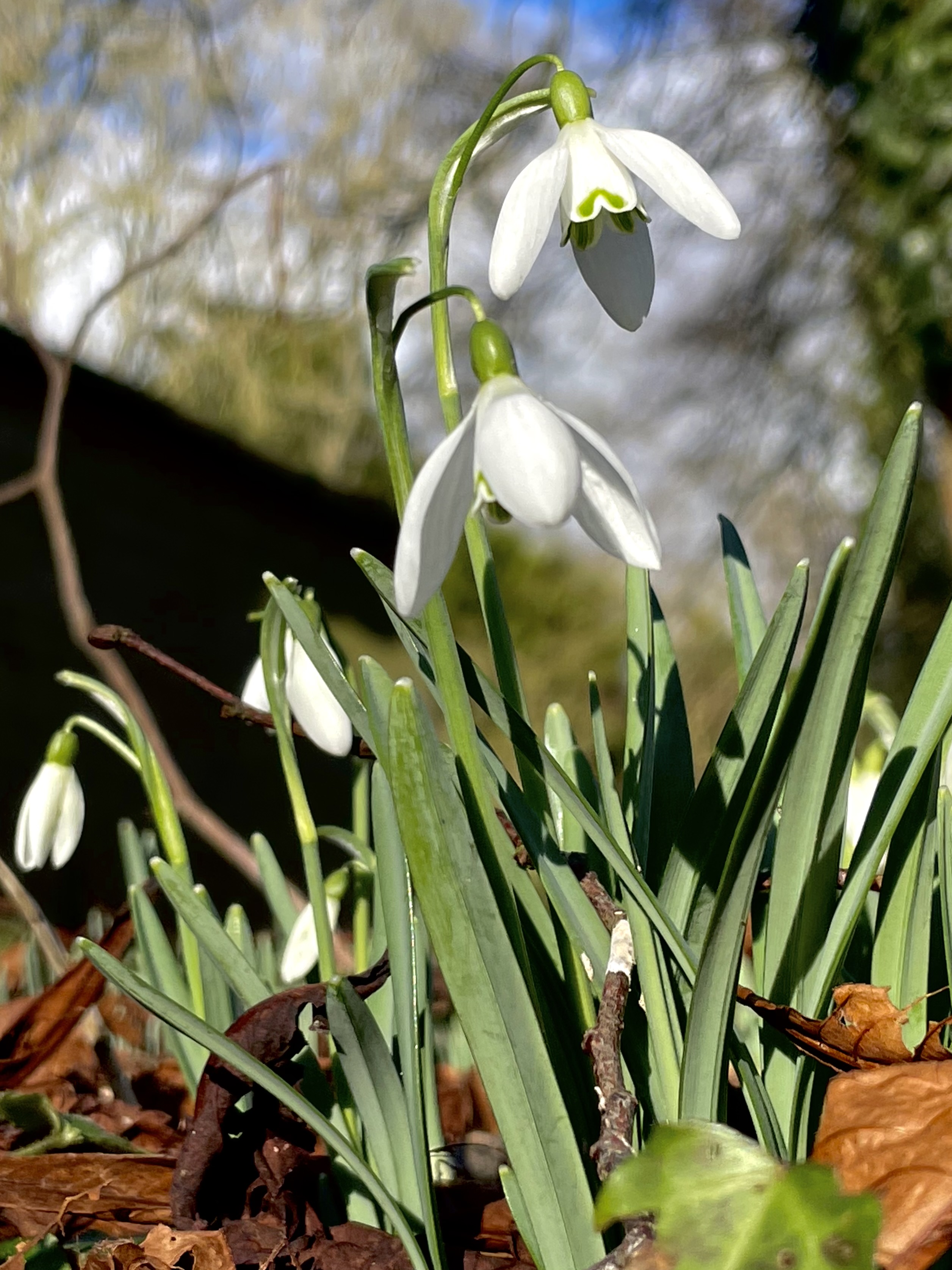Calne-based garden designer, Alex Heath has joined forces with Calne News to bring you monthly garden news.
Alex is the owner of Sulis Design Ltd, a design-only service which focuses on low maintenance, climate resilient gardens and borders for his clients to enjoy and relax in. He also offers a garden lighting design service to create atmosphere, provide security and increase garden usage into the evenings in an environmentally conscious way.
by Alex Heath
Hopefully your garden will be starting to show signs of life, as the shoots of bulbs start to appear alongside the buds of magnolia trees. February brings the promise of longer, lighter days, and as the weather starts to warm there is an opportunity to tackle routine garden maintenance whilst the larger herbaceous plants are still dormant and you can gain access across borders.
If you are lucky and have a space that is warm and well lit, perhaps you might be able to start sowing some seeds or continue to chit early varieties of potato ready for the summer season.
February is a great time to think about mulch and adding nutrients back into the garden. Whilst there are plants still dormant there is a nice opportunity to feed the soil in beds, borders and containers to ensure your plants thrive through the season.
Whether you make your own compost or buy it in, a good layer of mulch suppresses weeds, insulates herbaceous perennials from late frosts and slowly adds nutrients into the soil over the spring. This boost of goodness will mean your plants will be stronger against pests, disease and competitive plants like bindweed Convolvulus and couch grass Elymus repens.
Various forms of mulch are available. You can use peat-free compost, well-rotted manure or, if you are just looking to retain water, bark chip.
If using manure, ensure it is well rotted as fresh manure may burn plants with its high acid content, and everyday farm chemicals in feeds may also be present. Bark chippings from coniferous woodlands may also increase the acidity of your soil over time and cause your plants to struggle. However, ericaceous plants such as Camelia Camelia japonica or Blueberry Vaccinium sect. Cyanococcus will enjoy the acid boost, as our Calne soil is generally more alkaline.
I personally like the no dig approach, and leave the mulch to sit on top of the soil rather than double digging or turning over the soil. Studies by the Royal Horticultural Society (RHS) have found that digging the soil regularly can disrupt the soil structure, soil microbes and do more damage than good. If you have bindweed or other pernicious weeds, you can also cause them to spread further by breaking up the roots. For further information about no dig, Charles Dowding has been promoting
this approach for over 40 years with very successful results. His website details further information on this approach along with links to his books.

Flower of the month: Snowdrops Galanthus nivalis
Gardening tasks:
- Mulch, mulch, mulch
- Clean cloches ready for your seedlings
- Plant rhubarb
- Prune Autumn fruiting raspberries
- Trim hedges, ivy and other climbers before birds start nesting
- Transplant shrubs whilst they are dormant
- Plant up containers with winter bedding plants, primroses and wallflowers to add some early
spring colour - Clean out nest boxes or add a nest box into your garden if you have space



